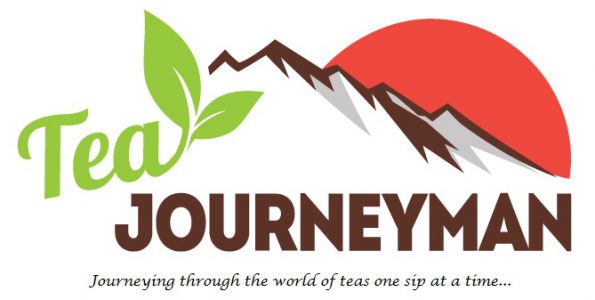Three times per year I get a generous package of samples from Lochan Tea Limited with a beautiful variety of the seasonal flush teas from the Darjeeling area, as well as a few samples from the Lochan family’s own Doke Tea Estate in Bihar, India. Honestly, as excited as I am to try the first flush teas after the winter months of dormancy in the tea fields, the second flush teas are still my favorite products to review. It’s that time of year for second flush teas from Darjeeling and the surrounding areas, and I have quite a few reviews to get to, as you can see.

The first sample to get reviewed will be from one of the better known estates in Darjeeling, the Makaibari Tea Estate. The Makaibari Tea Estate was established in 1857, and currently grows tea on about 273 (675 acres) hectares of land. Interestingly, the name Makaibari translates into “corn field” in Nepalese, as growing corn was the original intent of the British for the land. Thanks to the Camellia Sinensis blog for the details on this and many of the Darjeeling tea estates. Find the Camellia Sinensis blog here.
Today’s review focuses on the Signature Muscatel 2nd Flush 2014 Darjeeling Tea. This product is labeled as organic. The sample packet has been opened, and an amazing floral and muscat grape aroma is filling the air. Let the journey begin…

The dry leaves have a range of colors from light green to reddish brown to black. The leaves are all small to medium sized fragments. There are some bare stems in the mix. The leaves are rolled. There are a few silver tips in the mix. The aroma is quite sweet, with scents of muscat grapes, cocoa, and roses.
Three grams of dry leaves were placed in a 5 ounce (150 ml) ceramic infusion cup. Purified spring water was heated to 205°F (96°C). The leaves were infused for 4:00 minutes.
For practical steeping, use three grams of dry leaf for every six ounces (180 ml) of water to be used. Heat water to 195°F to 205°F (90°C to 96°C). Steep leaves for 3:00 minutes.

The first infusion produced a liquor with a bright golden color with an orange tint, clear and transparent. There were some fine particles. The aroma had scents of muscat grapes, roses, and light wood. The body is medium, with a lively and clean texture, and an uplifting energy. The taste had notes of muscat grapes, roses, light wood, and light spice. The aftertaste is floral, and a flowery essence is left on the breath.

The infused leaves have a range of colors from fresh light forest green to dark reddish brown. The leaves are all small to medium fragments. There are some bare stems and a few tips in the mix. The aroma was sweet and floral, with scents of grapes and summer flowers.
Since second flush Darjeeling teas are known for their muscatel characteristics, this Makaibari Signature Muscatel 2nd Flush 2014 was a perfect lead in to this package of second flush samples. With pronounced muscat grape aroma and taste, this tea certainly represents the Darjeeling reputation very nicely. The appearance of the liquor was impressive, with a bright and inviting color. This tea also delivers that uplifting energy that I noted in a post last year that compared 1st flush, 2nd flush, and autumn flush Darjeeling tea. The Makaibari products are usually a good standard to compare the other Darjeeling products to, so I am looking forward to seeing how the other second flush samples hold up.
As always, I owe much gratitude to the Lochan Family for their generosity in providing these samples! Cheers!
Shameless Plug! Please take a moment to see what teas I have available at The Tea Journeyman Shop! Don’t forget that the seasonal Uva Ceylon black teas will be available soon also! Go to http://www.teajourneymanshop.com/!













